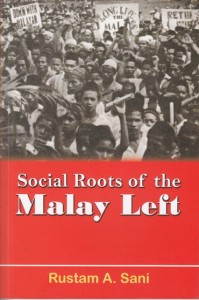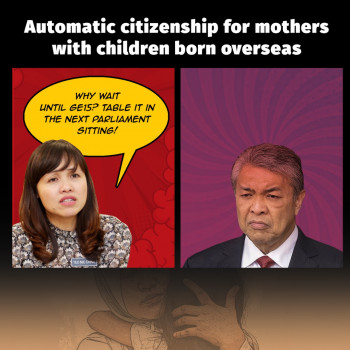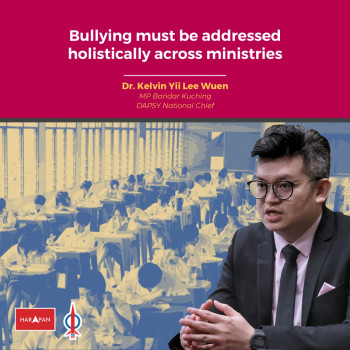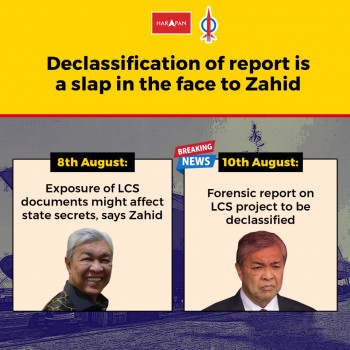by Edry Faizal
 When the Mat Indera and Sang Saka flag controversy surfaced, it once more gave life to pre-independence political history. It attracted the public to look back at what they have missed in their history classes, or what the history classes have failed to enlighten them on.
When the Mat Indera and Sang Saka flag controversy surfaced, it once more gave life to pre-independence political history. It attracted the public to look back at what they have missed in their history classes, or what the history classes have failed to enlighten them on.
But some still fall into the confusing trap of Left–Right political classification. The tendency to associate the Left with socialism or communism cause many to simply generalize those who fight within the Left political spectrum as communist/socialist, for better or for worse.
In The Social Roots of the Malay Left, political scientist Rustam A Sani traces the dichotomy in Malay political development that divides the right and the left, from the mid 1920s.
The political development of 1920s and 1930s progressed into two streams. The major stream which has its roots in the traditional power structure and the minor strand which constituted the ‘Malay Left’. The minor stream later gave birth to what is often described as the first Malay ‘left’ and ‘radical’ organization called Kesatuan Melayu Muda (KMM), birthed in 1938.
According to Rustam, “evidence seems to suggest that the leadership of the KMM can be seen as the function of the political participation of emerging non-traditional elites”. Hence KMM was the manifestation of the political modernization of the Malays during that period.
Rustam emphasize that in order to study and understand the phenomenon called ‘Malay Left’, one must first solve the problem of the definition. He even criticized some scholars who have taken for granted the ideological implications of the notion ‘left’ when writing about KMM.
I myself once thought that the Malay Left was actually an ideological phenomenon and very much related to socialism or communism. But later on, I fell into deep confusion as I read the early writings of the prominent KMM’s figures such as Ibrahim Yaacob and Ishak Haji Muhammad (Pak Sako). Their writings during the 1920s and 1930s contain numerous elements of nationalism with no obvious left wing ideological stance.
Therefore, in order to analyze the origin of Malay Left, Rustam suggested that the fruitful approach would be to analyze the social roots of KMM. As opposed to the ideological or institutional approach that would have been a more conventional approach in explaining the subject.
This book will broaden the reader’s perspective beyond ideological context in looking at the history of the Malay Left, and the history of Malays political development in general.



